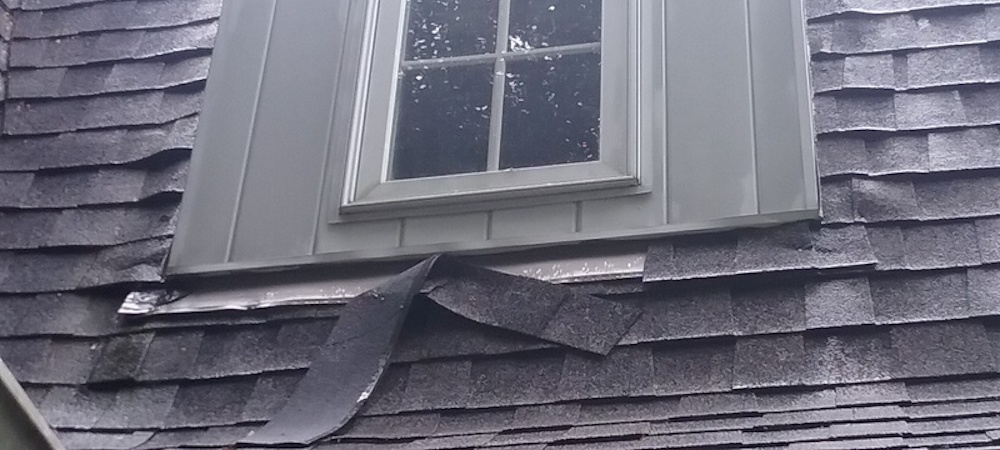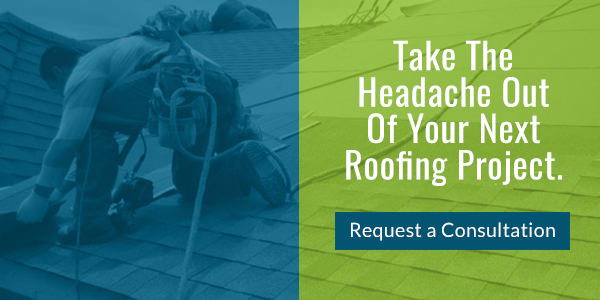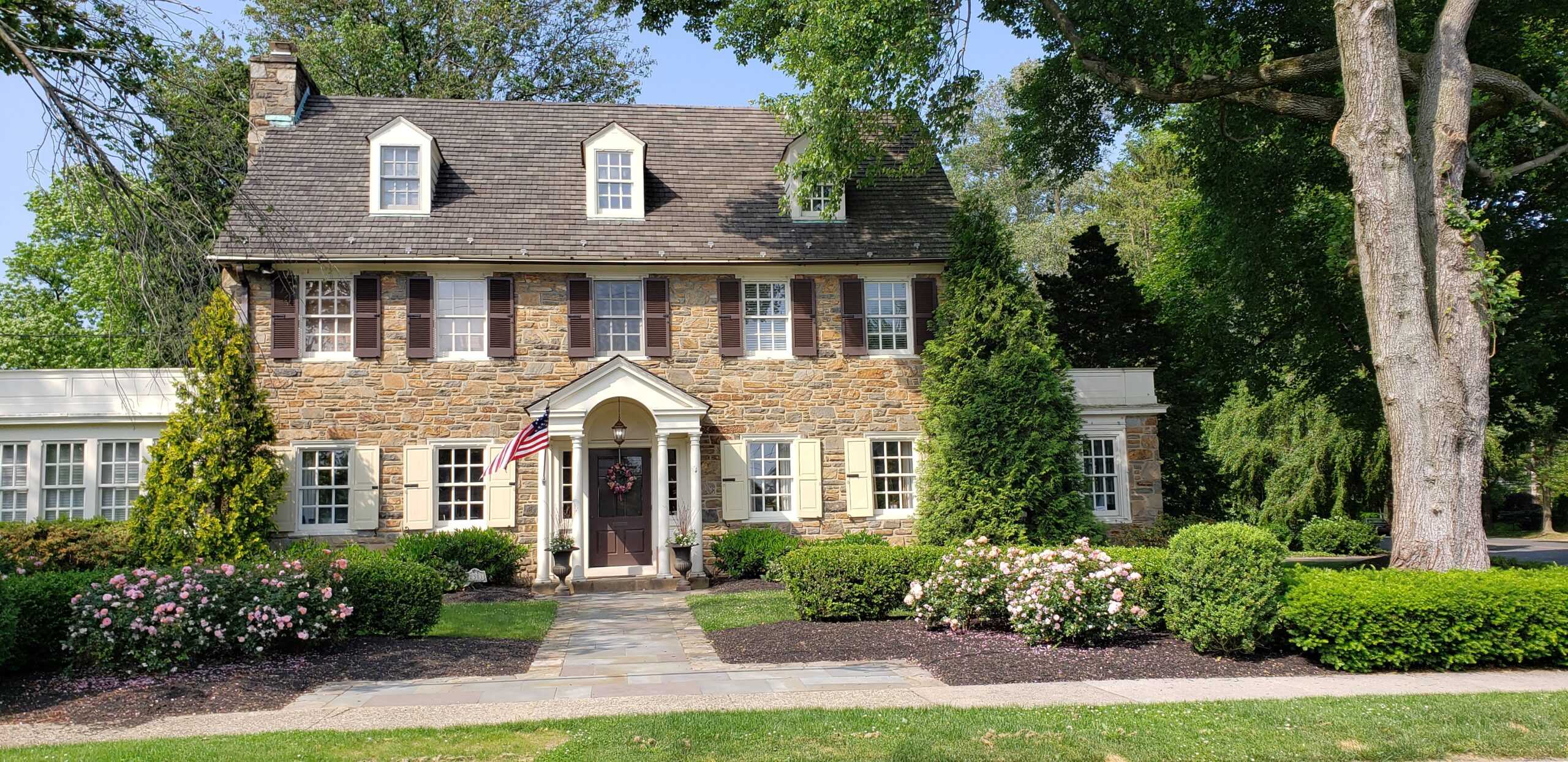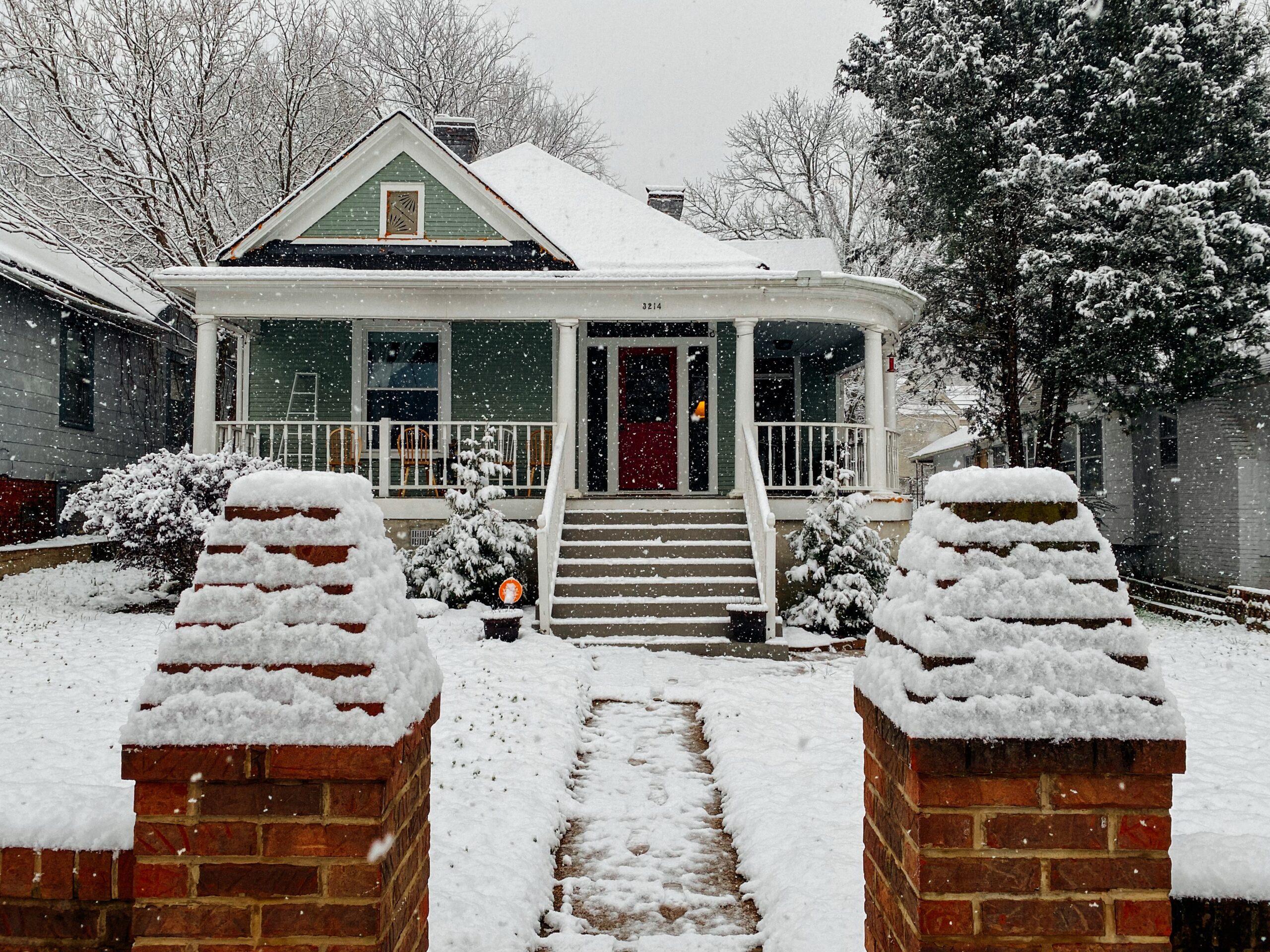For many homeowners, roof repairs are a fairly rare occurrence. Sometimes a lack of experience with the process leads to costly errors. Here are three mistakes to avoid when you need a residential roof repair.
1. Avoid Hiring a Company You Know Nothing About
You wouldn’t purchase a new vehicle without first learning something about the dealer’s reputation. Likewise, you don’t want to entrust the protection of your home to a little-known roofer. Fortunately, a homeowner in need of a residential roof repair has many opportunities to get a better understanding of a roofer’s credibility. Online ratings and reviews are good sources of information, and so are referrals from family, friends and neighbors.
When serious storm damage occurs, out-of-town roofers may pour into a community looking for work. Sometimes, these roofers take advantage of anxious homeowners by delivering substandard work at cut-rate prices. Therefore, it is ideal to locate local roofing contractors with a history of successfully serving area homeowners. Local companies have a better sense of the roof issues most common in your area.
2. Avoid Jumping Into the Process Without Information
A well-informed homeowner is in a better position to deal with a roof repair. It is important to understand the process from the outset.
Diagnosing the Problem
Homeowners learn they need roof repairs in a variety of ways.
Leaks appear
It is common for a homeowner to call on a roof inspector to figure out where a leak is coming from. Since water travels laterally and along rafters, leak diagnosis requires the keen eye of an experienced inspector. Moisture intrusion occurs for many reasons, including loose or damaged flashing, broken or missing shingles, and failed caulking or seals.
Routine roof inspection
Homeowners who protect their roofing with annual or semiannual inspections often learn about needed repairs when they are relatively minor.
Inspection after a storm
After a severe storm, a homeowner may observe visible roof damage. Since many New Jersey homes are set on wooded lots, falling tree limbs from high winds frequently damage roofs. Sometimes branches collapse under heavy accumulations of ice or heavy snow.
Correcting the Problem
Fortunately, many roof repairs are relatively minor, particularly when there’s an early diagnosis of the problem. There are a variety of repairs that eliminate leaks or otherwise restore the integrity of the roof.
Shingle Repair
Cracked, broken or otherwise damaged shingles must be replaced, or water may have an opportunity to reach the underlayment and beyond. Undetected leaks may even rot wood sub-flooring and rafters. Worse yet, when moisture reaches the home’s interior, it may wreck drywall or cause a mold outbreak.
Technicians use utility knives and pry bars to remove damaged parts of shingles. A new shingle must be carefully maneuvered and nailed into place to make the repaired area watertight. Technicians typically use a durable sealant on nail holes.
Flashing Repair
Many leaks have nothing to do with the shingles. Rather, they occur because flashing is loose, damaged or missing. In many instances, extreme hot-cold and freeze-thaw cycles in New Jersey loosen or damage flashing material. When moisture gets under flashing material, repeated freeze-thaw cycles may loosen it. The expansion that occurs when water turns to ice exerts substantial force.
Smooth flashing in roof valleys ordinarily accelerates water drainage. Given the amount of water passing through these valleys, damage in valleys requires prompt repair.
Re-Caulking
High-quality caulk should seal out moisture for many years, but the material may eventually shrink, crack or come loose. Caulking may not adhere properly when it is applied over greasy or otherwise soiled surfaces. Leaks may occur when caulk or seals fail around chimneys, vents and skylights.
Substructure/Sheathing Repair
Long-term leakage damages the plywood and framing under the shingles and the felt. When this happens, roofers must complete a more significant residential roof repair. To properly replace deteriorating wood, technicians must often remove significant sections of the roof.
Exterior-grade plywood replaces damaged substructure, and new beams and rafters replace damaged framing. After the substructure is fixed, technicians apply a new layer of felt and asphalt shingles.
3. Avoid Ignoring Your Own Needs
Although the expertise of experienced roofers is important, your own needs and preferences are important as well. After you’ve done your homework, it is important for you to decide what professional roofing company you prefer after understanding your options.
Roof issues, especially on aged roofs, often present homeowners with having to choose between spot repairs and a full roof replacement. For example, do you want to replace a few broken shingles, or is your roof aging to the point that a large-scale roof replacement is better? If you have leaks due to ice damming, do you want to use a rubberized ice and water shield, and if so, on what portion of the roof?
While reputable companies will certainly be able to help you make these decisions, it is always best to be properly informed. This way you will make educated choices that are best for your own unique residential roof repair needs.
CRS has proudly served New Jersey homeowners since 1977. Look to CRS for everything from routine cleaning and maintenance to full roof replacements. Our dedicated team has the knowledge and experience that is crucial in successful residential roof repair, maintenance and replacement.







